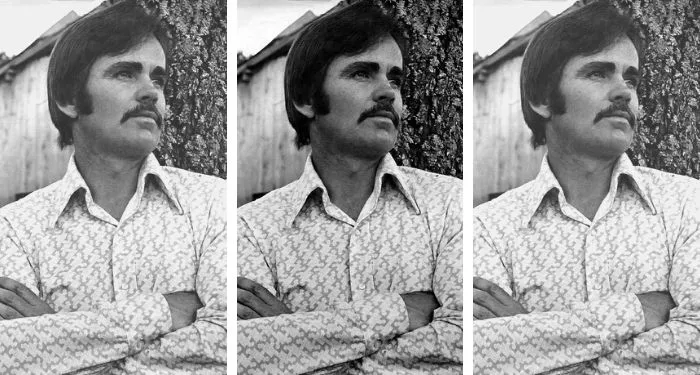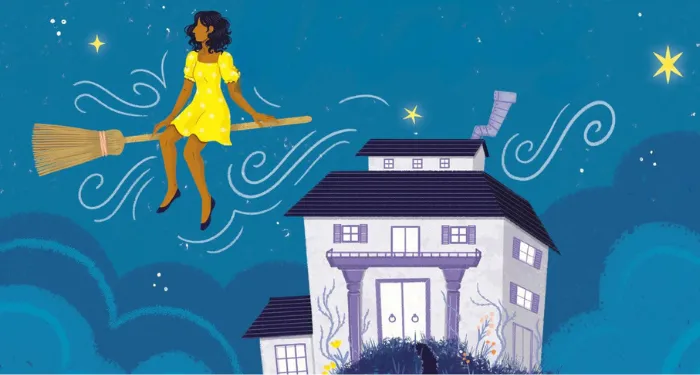Ruth Bernard Yeazell is a scholar of the novel whose work has focused more on the visual arts than the average literary critic’s. She has written for The New York Review not only about Austen, Dickens, and George Eliot, but also about Frans Hals, Vermeer, female self-portraitists, and, in our November 21, 2024, issue, John Singer Sargent.
That essay, “Friend of the Family,” is a review of Jean Strouse’s Family Romance, a new book about Sargent’s complex relationship with the Anglo-Jewish Wertheimer family, whose patriarch, Asher, was an art dealer in London. Between 1896 and 1908, Sargent painted twelve portraits of various Wertheimers—the largest commission of his career. Yeazell writes that “by the time Sargent put the finishing touches on the picture of Almina”—the last of the bunch—“he had spent over a decade engaged in what he jokingly termed ‘chronic Wertheimerism.’”
Yeazell is Sterling Professor of English at Yale, where she has taught since 1991. She is the author of six books: Language and Knowledge in the Late Novels of Henry James (1976), The Death and Letters of Alice James (1981) Fictions of Modesty: Women and Courtship in the English Novel (1991), Harems of the Mind: Passages of Western Art and Literature (2000), Art of the Everyday: Dutch Painting and the Realist Novel (2008), and Picture Titles: How and Why Western Paintings Acquired Their Names (2015). She is currently working on a reception history of Vermeer.
I called Yeazell this week, and we talked about Vermeer, Henry James, and the pleasure of suspense.
Sam Needleman: When did you first develop an interest in novels, and when did you first develop an interest in paintings?
Ruth Bernard Yeazell: Novels go all the way back to childhood. I have vivid memories of weeping over Thomas Hardy’s Tess of the d’Urbervilles in what I like to think of as sixth or seventh grade. A formative course in the novel in my sophomore year at Swarthmore introduced me to works I still teach, like Bleak House and The Portrait of a Lady, as well as ones that have pretty much disappeared from the syllabus, like George Meredith’s The Egoist. I think I was always unconsciously drawn to fiction, although it should be said that I entered graduate school vaguely imagining that I was going to write a dissertation on W. H. Auden. But once I began working on Henry James, it was clear to me that novels were what I most wanted to teach and write about for the rest of my career. And although I’ve taught some poetry and drama in introductory courses of various sorts, the novel has always been my focus.
As to visual art, that was a discovery of my freshman year of college. I grew up in a family that went to museums and—in light of my current book—had a reproduction of Vermeer on the wall at home. But I had never thought about visual art in a very serious way until a yearlong introductory course in the history of Western art that started with the ancient Greeks and ended with Modernism. That was the single most exciting course I took as an undergraduate—the one that changed me most. I ended up minoring in art history, though I never imagined pursuing the subject, and it more or less dropped out of view for about three decades. Once I started writing Harems of the Mind in the 1990s, I became hooked on working across the two disciplines.
Which Vermeer was reproduced on the wall of your childhood home?
The Glass of Wine. I don’t think I was particularly attached to that one; I’ve just thought about it in retrospect. On the other hand, I had a mother who very much loved Vermeer and who is always in the back of my mind when I write about him. Before she died, I gave her a reproduction of The View of Delft, which she, like many, many people, adored.
Vermeer has always been there. In the 2000s, when I started to work on my book Art of the Everyday, about the place of Dutch Golden Age painting in nineteenth-century literature, I knew that I loved Vermeer, that I wanted to get to him. I’m embarrassed to confess that I had never read Proust before starting that project, but I knew about the Vermeer in Proust, so that was my excuse. Proust turned out to be a wonderful closer; I didn’t realize how fully he would knit together the patterns of that book. But my current book on Vermeer’s reception was really sparked by Sargent, of all people. One year, while planning for a course that I teach on portraiture and literary character, I came across a quotation from an unpublished letter that Sargent wrote to Vernon Lee: “Some day you must assert that the only painters were Velasquez, Frans Hals, Rembrandt, and Van der Meer of Delft, a tremendous man.” It’s not so much that Sargent was himself directly influenced by Vermeer but that he spoke for his generation—the first modern generation, really, to adopt the Delft artist as a predecessor.
In what way is a novel or a painting an object of pleasure for you, as opposed to an object of critical inquiry?
When I teach a long novel—I just came from a seminar I’m giving on Middlemarch—I’m always very strict about urging students who have read the book not to spoil anything. My late partner, the critic Alexander Welsh, who also worked on Victorian fiction, raised his eyebrow at that. But I believe that suspense is a pleasure you get only once, and I feel strongly that one shouldn’t deprive another reader of that initial experience. That said, I also think it’s one of the more vulgar pleasures, and there’s no question that there is a different kind of pleasure in rereading. When I teach Emma, for example, I always say that it is a very different and even more wonderful novel on rereading. When I teach the late novels of James, I spend a lot of time saying to students, “You don’t have to love this; it’s very respectable to love The Portrait of a Lady more than The Golden Bowl. But I want you to understand why people like me loveJames’s late work.” I think scholars who spend a long time working on a particular artist or kind of art can sometimes lose sight of what initially moved them, but teachers and critics forget that at their peril.
Is there a common thread that connects the writers and artists whom you have been drawn to?
How did I start with Henry James and end up with Vermeer? James wrote a lot about visual art, but he was primarily interested in Italian art, with the notable exception of an essay he wrote about the Dutch collection when it came to the Metropolitan Museum in the 1870s. Style, I think, is what finally draws me most profoundly to writers and artists. That certainly answers the question of why I fell in love with James and Vermeer. I remember reading The Golden Bowl in graduate school, and my excitement at tracking the way James’s late style at once defers and heightens the experience of awakening to knowledge. And I think Vermeer’s capacity both to register humdrum details and to transfigure them through the manipulation of light and color into something almost sublime is what draws me to him more than any other seventeenth-century Dutch painter.
Your essay on Sargent came shortly after James Fenton’s essay in our pages about Sargent. Why does Sargent remain so appealing to writers?
The James–Sargent connection has long been very powerful. There were all kinds of local affiliations between them and their larger fin-de-siècle circle, which writers keep returning to. But maybe it is simply the representation of persons that explains Sargent’s enduring appeal.
James was a great fan and friend of Sargent’s and wrote an essay about him in which he claims that “there is no greater work of art than a great portrait.” That line really stopped me. I thought, “Not a novel, Henry James? Do you really mean that?” Especially since James is so interested in the representation of consciousness—the thing that paintings are arguably the least effective at producing. I wrote an article in which I tried to solve that puzzle by arguing that what drew James to portraiture was precisely the ultimate unknowability of other persons: a phenomenon that I belatedly realized is as fundamental to his own art as it is to Sargent’s.
What is the responsibility of the critic in the public sphere now?
I would like to think it’s to help keep art alive by both introducing new works to readers and continuing to address the works of the past. I don’t make a very sharp distinction between my academic writing and my writing for the public in places like The New York Review. I don’t think my style is very different. I always have wanted as many people to read me as possible, not just to speak to an audience of the already initiated. I want to draw people in, and I think that’s mostly what critics are best at doing. I’m not sure whether that’s going to change the world, but maybe it will preserve certain things in the world that are worth preserving.



















 English (US) ·
English (US) ·